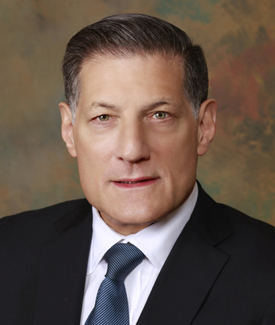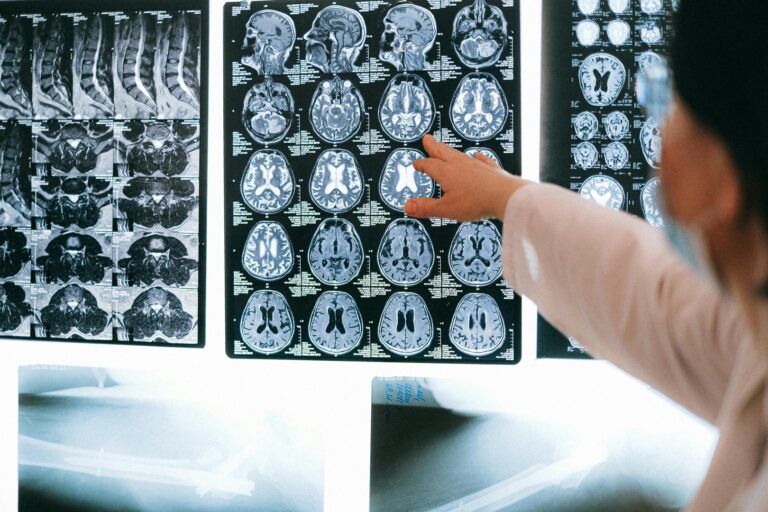On February 6, Doctor Visish Srinivasan explained what dural venous sinus stenosis (VSS) is and how venous sinus stentingA minimally invasive surgery during which a metallic mesh in the shape of a tube (stent) is placed in the sinus. Click the term to read more can significantly improve papilledemaSwelling of the optic nerve that carries visual signals from the eye to the brain. Click the term to read more, headache, and and pulsatile tinnitusA whooshing or throbbing noise heard in one or both ears that can range from annoying to debilitating. Highly associated with venous sinus stenosis. Click the term to read more.
In case you missed it, here are some highlights of his lecture:
- The road to reach the diagnosis of IIH is a long and convoluted one. It may take several months or years to receive the workup that will aid in diagnosing this neurological condition. Increased awareness of IIH on both the medical and patient side can help reduce the time it takes to navigate through the healthcare system.
- In one with venous sinus stenosis, MRI and MRV findings may be normal, but is revealed with cerebral angiographyA procedure that provides images of blood vessels in and around the brain, thereby allowing detection of abnormalities Click the term to read more.
- A good candidate for venous sinus stenting is one who has the diagnosis of IIH or pulsatile tinnitus and failing conservative treatment or has unbearable side effects from it, has a venous sinus pressure gradient of greater than 8 mm Hg (diagnosed by venous manometryA minimally invasive involving the introduction of instruments or other objects into the body diagnostic procedure performed by a neurosurgeon or interventional neuroradiologist where a catheter… Click the term to read more), and has focal stenosis seen of the venous sinus(es).
- Complications of venous sinus stenting are: intracranial bleeding (1.9%), requires a repeat endovascular procedure (9%), and cerebrospinal fluidFluid that is made by specialized cells in the ventricles of the brain. Click the term to read more diversion (3%).
- After review of 474 patients who underwent venous sinus stenting, improvement of papilledema (93.7%), pulsatile tinnitus (90.3%) and headache (79.6%) was appreciated.
Thank you to Dr. Srinivasan and Dr. Duckwiler for your time and expertise on venous sinus stenosis. To watch the full lecture, click here.
If you would like to attend our next lecture, click here.



